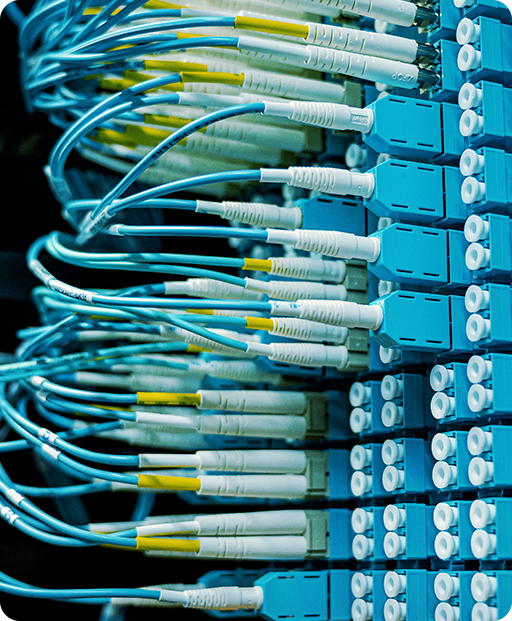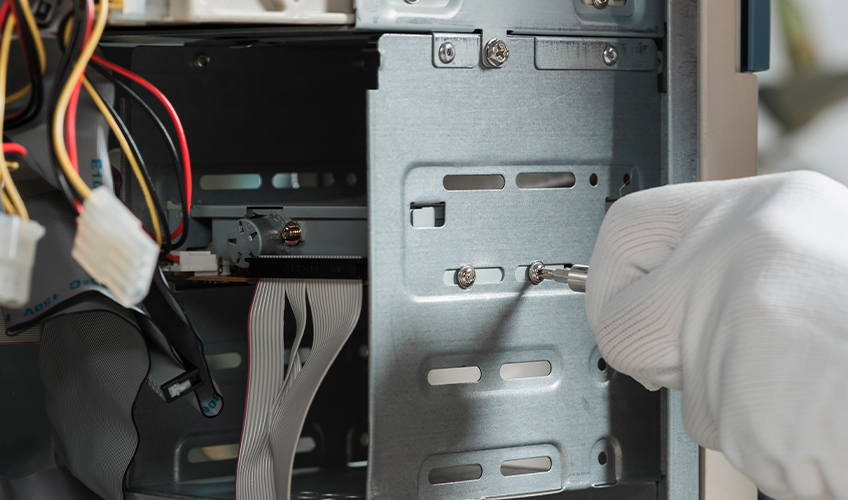STRUCTERED CABLING SERVICE
Predictable and flexible performance with the right Structured Cabling infrastructure
Do you want to know what is structured wiring? Are you looking to Integrate your voice, data, video, and other various management systems within your organization? A Structured Cabling System allows you to manage better your security access, energy systems, security alarms, and more.




















